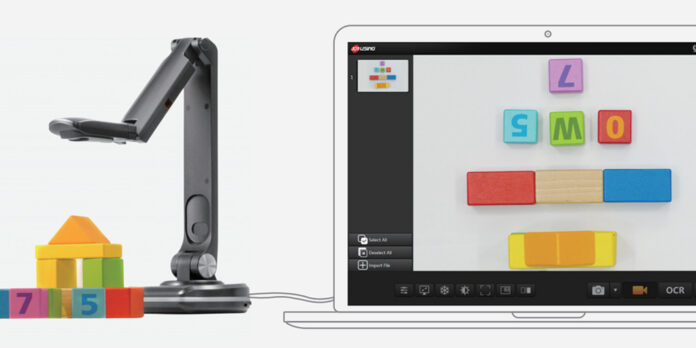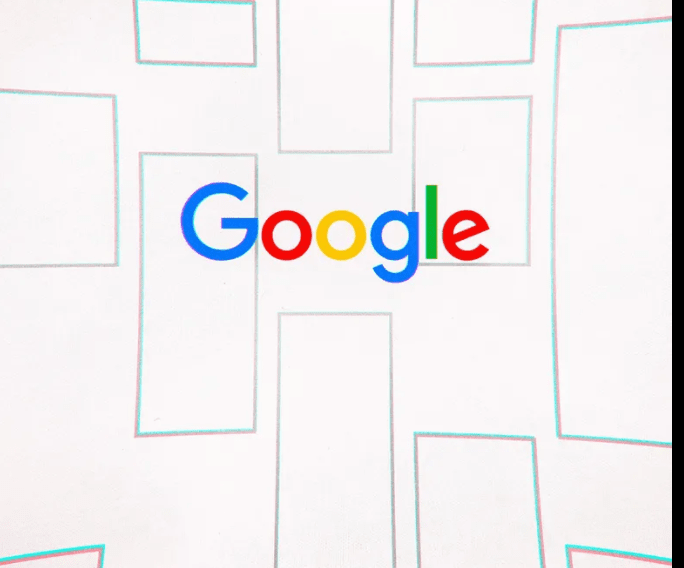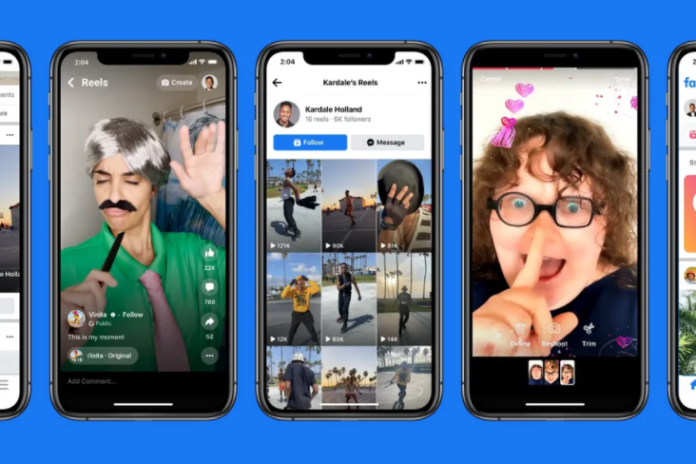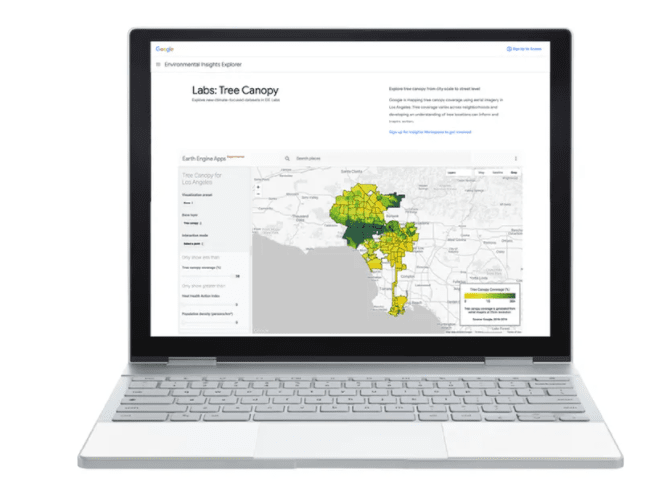Have you noticed that wigs with bangs are steadily becoming the most common trend amongst wig lovers in recent times? Typically, every wig lover wants to change their wigs and add spices to their hairstyle. Therefore, it’s absolutely normal for a wig lover to have a wide range of wigs in her closet. However, more recently, there’s been a revival or a groundbreaking introduction of the wigs with bangs into the industry. These days, everywhere you go, there’s one lady or more wearing a wig with bangs.
The reason wigs with bangs are growing popular is probably the same reason you noticed it – it is attractive and unique. Someone wearing a wig with bangs can’t pass by your side, and you won’t notice the hair. You may not pick their face, but the hair – it announces itself. The way the bangs from the wigs come on top of the forehead is aesthetically pleasing, and it has many other advantages.
Since it’s becoming a trendy wig all over the place, there’s a high chance you want a wig with bangs. However, you may be trying to convince yourself on why you need a wig with bangs. In this guide, we’ll go over some reasons why a wig with bangs is all you need.
Change Your look
If there’s one thing wig wearers agree on, it’s the need to change your look from time to time. With a wig with bangs, you’re not making any significant change for your hair, but the effect it has on your face is a major one. The sweetest feature about wigs with bangs is how they sit perfectly on any type of face. If you have a round face or a straight one, your bangs will always suit it.
Different style
With the number of numerous wig styles across the globe, some wigs may look like each other. But a wig with bangs doesn’t look alike! It’s a minor hair change, but it brings in a different style. The bang style is one that never goes out of line – wigs with bangs have been cute since inception, and till now, it’s still a trendy choice.
Increases hair volume
Some of us were never lucky with our hair volume from birth. We have short Hairs that don’t give the required fluff to hair wigs. Wigs with bangs already have more fluffy properties. Therefore when you wear a wig with bangs, your hair looks full, whether you have full hair or not.
Cover imperfections
There are some imperfections on our faces that we don’t like but we can’t control. While we’re working on clearing these imperfections, a wig with a bang can cover these imperfections, especially if they’re on the forehead.
Hides wig hairline
The hairline of a wig is one of its components that allows many people to realize you’re wearing a wig. A wig with bangs, however, doesn’t show the hairline, so an onlooker can’t easily guess.
Conclusion
Wig with bangs are not only cute, but they also have a lot of features that will make you want to have them in your closet. We have discussed some of the features that are making these types of wigs popular everywhere.













